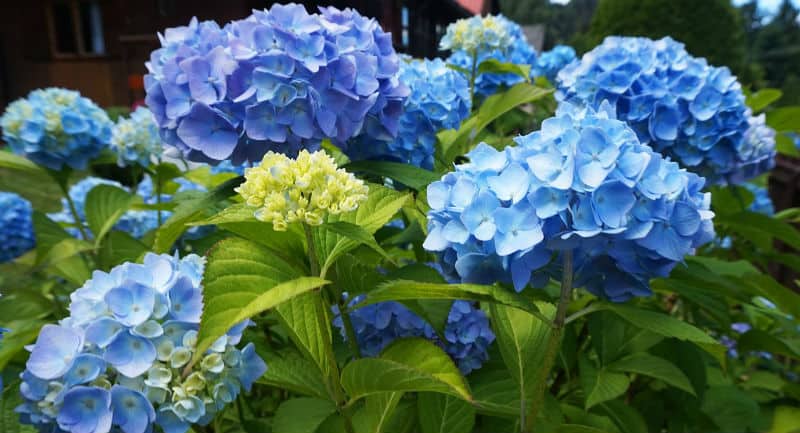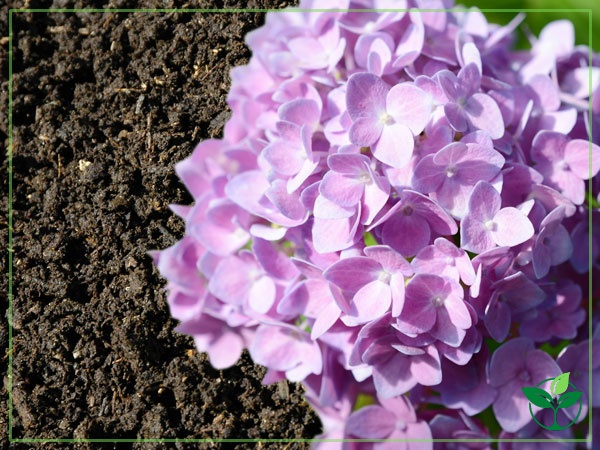How To Use Compost To Make Your Hydrangeas Bloom
How to Use Compost to Make Your Hydrangeas Bloom
Hydrangeas are beautiful flowering shrubs that can add a touch of elegance to any garden. But if you want your hydrangeas to bloom their best, you need to give them the right care. One of the most important things you can do for your hydrangeas is to add compost to the soil.
Compost is a natural fertilizer that is made from decomposed organic matter. It is rich in nutrients that are essential for hydrangeas, such as nitrogen, phosphorus, and potassium. Compost also helps to improve the drainage and aeration of the soil, which makes it easier for hydrangeas to root and grow.
Adding compost to your hydrangeas is a simple process. You can either buy compost or make your own. If you buy compost, be sure to choose a high-quality compost that is specifically designed for hydrangeas. If you make your own compost, be sure to use a variety of organic materials, such as leaves, grass clippings, and vegetable scraps.
To add compost to your hydrangeas, simply spread it around the base of the plant. The amount of compost you need will vary depending on the size of your plant. A good rule of thumb is to spread about 2 inches of compost around the base of a mature hydrangea.
You can add compost to your hydrangeas at any time of year, but the best time is in the spring or fall. This will give the compost time to break down and release its nutrients before the growing season begins.
In addition to adding compost to the soil, you can also use compost tea to fertilize your hydrangeas. Compost tea is a liquid fertilizer that is made by steeping compost in water. It is a good way to give your hydrangeas a boost of nutrients, especially if they are not getting enough water.
To make compost tea, simply fill a container with water and add a handful of compost. Let the compost steep for 24 hours, then strain out the solids. You can then use the compost tea to water your hydrangeas.
By adding compost to your hydrangeas, you can help them to bloom their best. Compost is a natural fertilizer that is rich in nutrients and helps to improve the drainage and aeration of the soil. Adding compost to your hydrangeas is a simple process that can have a big impact on their health and appearance.
Hydrangeas are beautiful flowering shrubs that can add a touch of elegance to any garden. But in order to thrive, they need the right soil conditions. One of the best ways to improve the soil for hydrangeas is to add compost.
Compost is a nutrient-rich organic material that can help to improve the drainage, aeration, and water retention of the soil. It can also help to adjust the pH of the soil, which is important for hydrangeas, as they prefer slightly acidic soil.
If you're looking for more information about compost for hydrangeas, I recommend visiting Garden Wiki. This website has a wealth of information on the topic, including articles, videos, and a forum where you can ask questions and get advice from other hydrangea growers.
FAQ of compost for hydrangeas
Q: What type of compost is best for hydrangeas?
A: Hydrangeas prefer a slightly acidic soil, so using compost that is high in organic matter and low in nitrogen is ideal. Good options include leaf mold, peat moss, and composted manure. You can also make your own compost by mixing kitchen scraps, yard waste, and other organic materials.
Q: How often should I fertilize my hydrangeas with compost?
A: You can fertilize your hydrangeas with compost once or twice a year, in the spring and fall. Spread a 2- to 3-inch layer of compost around the base of the plant, and water it in well.
Q: How do I know if my hydrangeas need compost?
A: If your hydrangeas are not blooming as well as they could be, or if the leaves are turning yellow, they may need compost. You can also test the soil pH with a pH meter to see if it is too alkaline.
Q: How do I add compost to my hydrangeas?
A: You can add compost to your hydrangeas by spreading it around the base of the plant, or by mixing it into the soil when you are transplanting or repotting.
Q: What are the benefits of using compost for hydrangeas?
A: Compost improves the drainage and aeration of the soil, which helps the hydrangeas to grow better. It also adds nutrients to the soil, which helps the hydrangeas to bloom more profusely.
Image of compost for hydrangeas
- Image 1: A pile of compost with a hydrangea plant in the foreground. The compost is a mixture of brown and green materials, and it is well-rotted.

- Image 2: A close-up of a hydrangea root system in compost. The roots are white and healthy, and they are surrounded by a dark, rich compost.

- Image 3: A hydrangea plant with a mulch of compost around the base. The mulch is a layer of coarse compost that helps to retain moisture and suppress weeds.

- Image 4: A hydrangea plant in a pot filled with ericaceous compost. Ericaceous compost is a type of compost that is specifically designed for acid-loving plants, such as hydrangeas.

- Image 5: A hydrangea plant in a garden bed with a mix of compost and topsoil. The compost helps to provide the plant with nutrients, while the topsoil helps to improve drainage.

Post a Comment for "How To Use Compost To Make Your Hydrangeas Bloom"